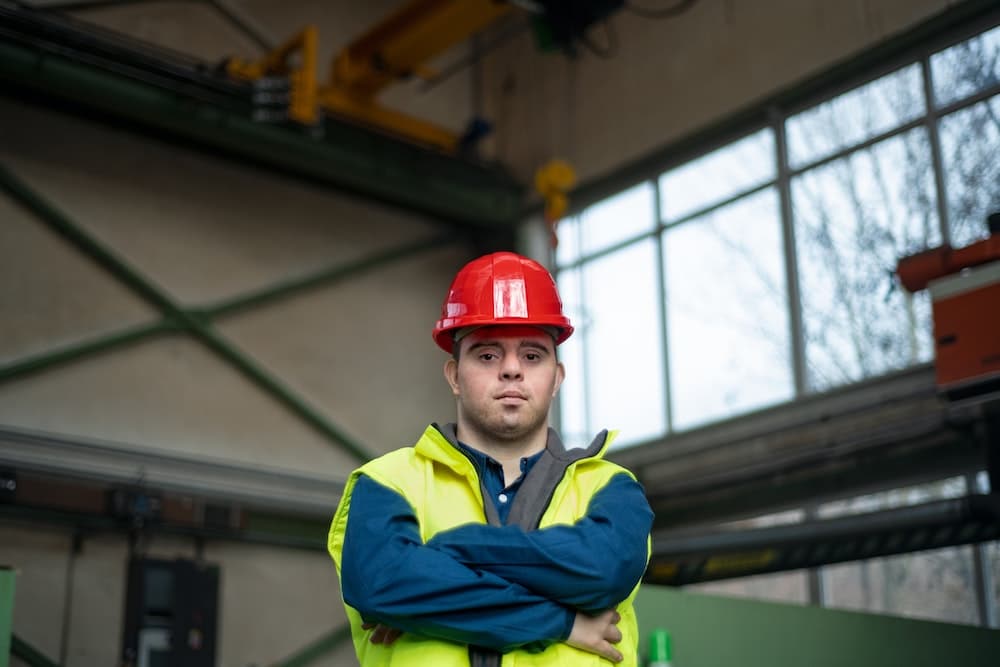How Can Real Estate Developers Integrate Community Health Centers into New Projects?

In the ever-evolving landscape of real estate development, there is a rising trend that demands attention, the integration of community health centers into new projects. This article examines this trend, shedding light on why real estate developers should consider it, what it entails, and how it can be implemented effectively. We shall explore this topic through the lens of health, community development, and real estate investment.
The Intersection of Health and Real Estate Development
The integration of health centers into real estate projects does not merely benefit the health of the residents; it also connects to the broader theme of community development. By developing properties that cater to both the residential and healthcare needs of the residents, real estate developers are making a significant investment in the community’s wellbeing.
A lire en complément : What Are the Trends in Purpose-Built Student Accommodation in UK University Towns?
Health centers play an essential role in maintaining the community’s health. These establishments offer a wide array of services, ranging from preventive care and health education to diagnosis and treatment of diseases. Their importance is underscored in underserved communities where access to healthcare services is often limited. By integrating health centers into their projects, real estate developers have the opportunity to address these healthcare gaps, making their properties more appealing to potential residents.
The Business Case for Community Health Centers
From an investment standpoint, integrating health centers into real estate projects makes good business sense. These centers bring about an influx of visitors – patients, healthcare professionals, community members – who will utilize other services within the development, thus driving foot traffic and potentially boosting the profitability of other businesses within the estate.
A lire en complément : What Are the Implications of New Environmental Legislation for UK Property Developers?
Moreover, a study of the link between health and community development reveals that properties with health centers often have higher occupancy rates. This is because residents appreciate the convenience of having healthcare services within reach. For example, elderly residents, families with children, and individuals with chronic conditions may find properties with health centers more attractive.
Steps Real Estate Developers Can Take
Real estate developers interested in integrating health centers into their projects will need to consider several factors. These include the community’s healthcare needs, the available funding sources, and the design and construction specifications for such facilities.
Firstly, developers must conduct a comprehensive study of the community’s healthcare needs. This entails consulting with local health departments, community organizations, and potential residents to understand the types of health services needed in the area.
Secondly, they will need to secure funding for the healthcare facilities. Numerous funding sources are available for health centers, including federal and state grants, loans, and public-private partnerships. Developers can work with financial consultants and health center operators to explore these options.
Lastly, developers must consider the design and construction of the health center. They will need to collaborate with architects, engineers, health center operators, and healthcare consultants to ensure the facility is designed to meet health code requirements, patient needs, and operational efficiency.
Case Study: A Successful Integration
A prime example of the successful integration of a health center into a real estate project is the mixed-use development in the city of XYZ. The developer, ABC Real Estate, partnered with the local community health center to create a facility within the residential complex.
The health center, which occupies the ground floor of the building, offers comprehensive care, including primary care, mental health services, and dental care. The developer worked closely with the health center operator to design a facility that was inviting and accessible to residents and community members.
As a result of this integration, the development has seen high occupancy rates and increased engagement from the community. The health center has also benefited from this partnership, reporting an increase in the number of patients and a broader reach within the community.
Leveraging Partnerships for Success
The integration of community health centers into real estate projects is not a task that a developer should undertake alone. Successful implementation requires a collaborative approach involving various stakeholders, including health center operators, community organizations, funding sources, and government agencies.
Partnerships with health center operators are especially critical. These organizations bring their expertise in delivering healthcare services, understanding patient needs, and navigating healthcare regulations. They are also often connected to funding sources and can assist developers in securing the necessary funds.
In conclusion, integrating community health centers into real estate projects offers numerous benefits for developers, residents, and the wider community. With proper planning, collaboration, and investment, this approach can contribute significantly to community development, health improvement, and the success of the real estate project.
The Role of Financial Institutions and Government Agencies
In addition to partnerships with health center operators, real estate developers also need to collaborate with financial institutions and government agencies. These stakeholders play an essential role in the successful integration of community health centers into real estate projects.
Financial institutions can provide the necessary funding for the construction and operation of the health centers. They may offer loans, grants, or other types of financing that can help developers cover the costs associated with these facilities. Some financial institutions also have mission-driven initiatives that align with the goal of improving community health, making them potential partners in these projects.
Government agencies, on the other hand, can offer support in the form of policy framework, tax credits, or even direct funding. In the United States, for example, the Low-Income Housing Tax Credit (LIHTC) program provides tax incentives to developers who set aside a portion of their housing units for low-income residents. This program could be leveraged to include the development of health centers within these affordable housing projects.
Moreover, government agencies can also guide developers in navigating the complex healthcare regulations, ensuring that the health centers meet the necessary standards and requirements. They can also facilitate partnerships between developers and community health organizations, fostering a collaborative approach to community development.
Exploring Opportunities for Health Equity
The integration of community health centers into real estate projects also presents an opportunity to address health equity issues. Health equity refers to the attainment of the highest level of health for all people, regardless of their socioeconomic status, race, or ethnicity.
Health centers, especially those located in low-income communities, play a significant role in promoting health equity. They provide accessible and affordable healthcare services to individuals who may otherwise struggle to obtain these services. By integrating these facilities into their projects, real estate developers can contribute to improving health equity within the community.
For example, the inclusion of health centers can increase access to preventive services like vaccinations, health education, and screenings for chronic diseases. Moreover, these facilities can foster physical activity by creating safe and inviting spaces for community members to engage in healthy behaviors, such as walking or cycling to the center for their appointments.
In Conclusion
The trend of integrating community health centers into real estate projects is a promising approach to fostering community development and improving health outcomes. It requires strategic planning, collaborative partnerships, and a commitment to health equity. Real estate developers, in collaboration with health center operators, financial institutions, and government agencies, can leverage this approach to create vibrant, healthy, and sustainable communities.
While the process may present challenges, the potential benefits for the community and the success of the real estate project are significant. Not only can this approach enhance the quality of life for community members, but it can also boost the attractiveness and profitability of the real estate investment.
Ultimately, the integration of community health centers into real estate projects is a testament to the power of multi-sector collaboration in achieving a common goal: improving the health and wellbeing of communities. As we move forward, it is our hope that more developers see the value in this approach and continue to invest in the health of the communities they serve.
